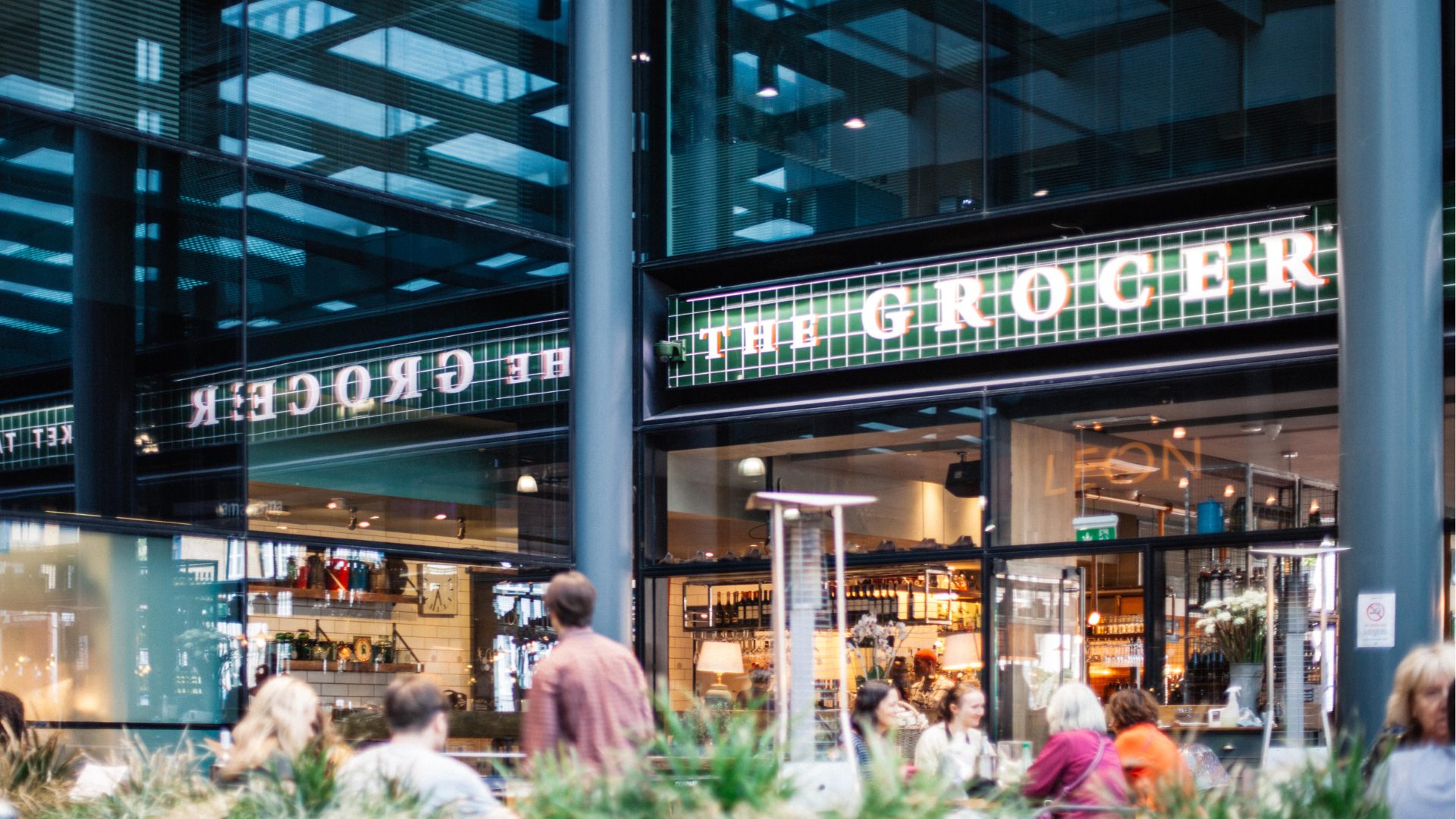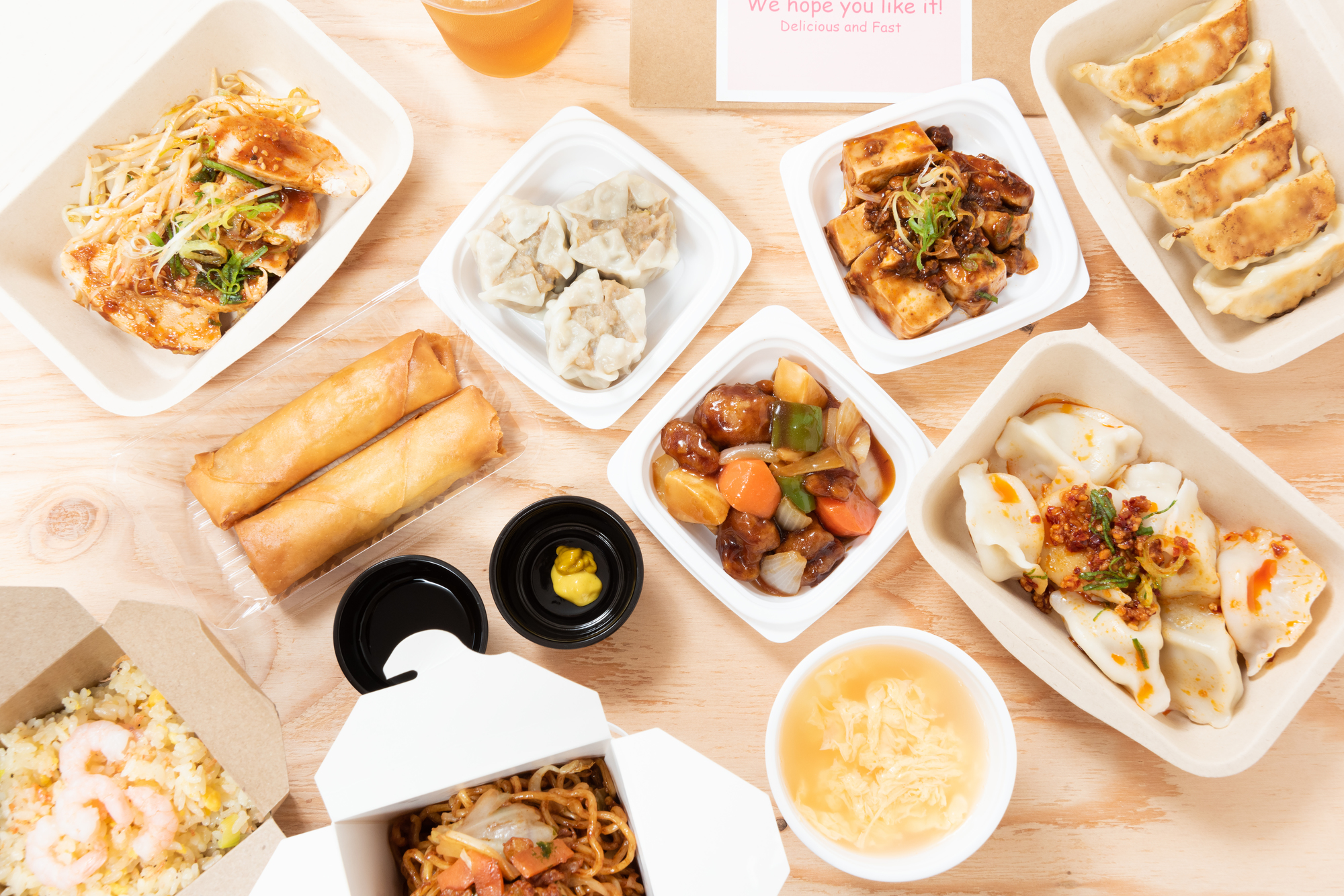The current environment appears exceptionally difficult for independent grocers. Competition is one obvious concern: Walmart continues to gobble up market share. Discounters Aldi and Lidl are building new stores and adding sales. Warehouse clubs are growing nicely, with Costco firing on all cylinders.
The sense in the broader economy (and stock market) that the biggest simply keep getting bigger seems to apply to U.S. grocery as well.
That’s far from the only source of pressure. In its 2024 annual report, European operator Ahold Delhaize, which owns regional U.S. chains including Stop & Shop and Food Lion, highlighted two difficult mid-term trends: “increased household costs and price sensitivity” amid inflation, combined with “significant labor shortages” that make running supermarkets more difficult and more costly.
Later in the report, Ahold reported the same “value-seeking behavior” from consumers that has been cited by firms throughout the industry, from packaged food manufacturers to third-party delivery companies.
Regional Grocers Aren’t Dead Yet
In that context, one might think that shares of the publicly traded regional and independent players were getting crushed. But that’s not quite the case. Over a three-year stretch Walmart and Costco have outperformed a roaring, tech-driven bull market — but smaller peer Village Super Market (owner of the ShopRite and Fairway brands in the Northeast) has done the same. Ahold stock has provided higher returns than Costco. Smart & Final, a warehouse-type chain in the West, was acquired by private equity in 2019; a subsequent two-step sale of the business suggests returns of over 50% in less than three years.
The news isn’t all rosy, certainly.
Weis Markets (a regional chain) has provided basically zero returns over three years. Southeastern operator Ingles Markets too is down, but that company also operates the shopping centers in which its stores are located, has faced pressure from the effect of Hurricane Helene last year, and still has returned over 90% over five years. Overall, independent and regional players aren’t necessarily outperforming — but they’re hanging in.
To be honest, it’s difficult to parse out exactly why that is. Village, Ingles, and Weis are all exceptionally tight-lipped by the standards of publicly traded companies; none of the three hold post-earnings calls or have executives speak at public conferences. (The fact that all three are family-controlled is a big reason why.)
Same-Store Sales Show Surprising Strength
But securities filings, along with understanding of broader industry trends, do suggest some reason for optimism.
Most notably, same-store sales for the group simply haven’t been that bad. Clearly, Walmart is taking share: that giant has reported overall growth of about 5% in its last two fiscal years and did even better in the years before that. Those figures are across the entirety of its U.S. stores, but in each of the last three years the company has called out grocery as being particularly strong, suggesting that category grew faster than the business as a whole. Costco, Sams, and BJ’s too are increasing revenue faster than the market as a whole (which grew 4.6% in 2024 and 5.2% in 2023, per third-party data cited by Ahold in its annual report).
But Kroger and Albertsons are only growing low single digits, and for the most part the independents are keeping pace with that trend. (Ingles is an exception, but storm impacts no doubt are a factor.) We simply haven’t seen consumers give up their loyalty to more local chains yet.
Nor has profitability cracked. Village in fact saw a solid jump in profits in its fiscal 2023 (ending July), and has managed to preserve the gains captured from the initial spike in inflation. Ahold has seen more of a squeeze, but strategic changes (the company closed more than 30 Stop & Shop locations late last year) and execution appear to play a role as well.
Weis and Ingles aren’t doing quite as well here, but in such a competitive, low-margin business, there’s certainly a feeling that results could be worse (Weis, for instance, is more profitable than it was before the pandemic).
E-Commerce Isn’t Just for Giants
And the core reason for optimism is that the likes of Weis and Village are hanging in despite being behind larger peers in more tech-forward areas of the business. Weis, for instance, reported a 46% jump in online sales in fiscal 2024, suggesting it’s much earlier in online adoption than Walmart or even Kroger.
Ahold’s digital sales were up more than 10% last year (excluding the sale of a small business). A partnership with DoorDash showed early success, with orders tripling between Q1 and Q3 of last year; in Q2, the company said its e-commerce business had turned profitable. Down the line, there’s the potential for media networks like those being built out by Walmart and Kroger, among many others.
From the outside, there is a case that regional and independent grocers will get squeezed into eventual oblivion; indeed, that’s been the pattern in many retail end markets over the past couple of decades. But at least so far, these businesses have managed to at least tread water during a time when weaker businesses might well have sunk.
The hope for these companies, and their shareholders, is that if they can simply hold on now, the economic cycle and eventual tech adoption will mean that brighter, and easier, days are ahead.
Vince Martin is an analyst and author whose work has appeared on multiple financial industry websites for more than a decade; he’s currently the lead writer for Wall Street & Main. He has no positions in any securities mentioned.
The Food Institute Podcast
How can a food industry trade show spark global culinary creativity? Anuga’s JP Hartmann, U.S. Consul General Preeti Shah, and World Food Championships’ Nikki Jackson share their perspectives on how the U.S. presence at Anuga 2025 is helping to bridge culinary experiences together.










